This Gastroesophageal Reflux Disease is a common disease of the alimentary system. In this, the food contents and other fluids present in the stomach backflow into the esophagus. Which irritates the inner layer of the esophagus. Which occurs due to loosening of the lower esophageal sphincter. This acid reflux is frequent, and if it is mild then it is severe. If it is severe it causes a very strong burning sensation in the chest. Acid Reflux Symptoms worsen when lying down and usually occur after eating.
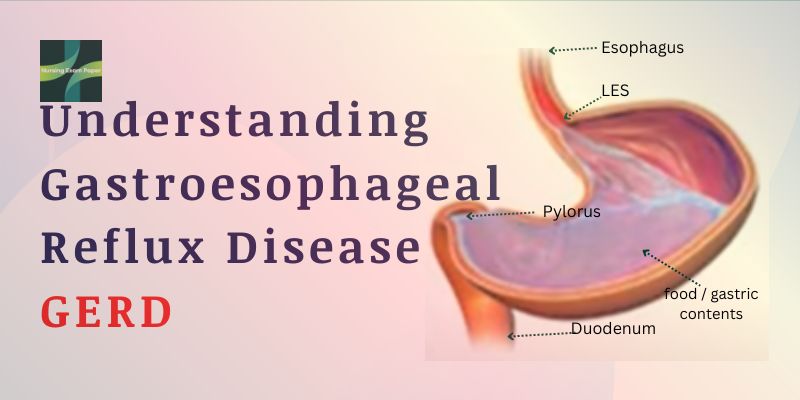
Acid Reflux Symptoms
The following are the GERD symptoms
- Regurgitation
- Pyrosis (Heartburn, burning pain in behind breastbone)
- Sore throat
- Cough or wheezing
- Hiccups
- Nausea and Vomiting after eating
- Dehydration – Fluid and electrolyte imbalance.
- (Isotonic dehydration – water and electrolyte loss are equal.
- Hypotonic – Electrolyte loss is more than water loss.
- Hypertonic _ Water loss is more than electrolyte loss.)
Diagnosis Gastroesophageal Reflux Disease
- This is a self-diagnosed disease. This includes heartburn and regurgitation mostly after taking food. And severe in lying down. in mild condition, no need for any test.
- But in severe pain use a confirmative test for GERD. – UGIE (Upper Gastro Intestinal Endoscopy) to see the lining of the esophagus and stomach.
- Stool occult blood test – if positive, it means bleeding is coming from the irritation in the esophagus, stomach, or intestines.
Management Gastroesophageal Reflux Disease
We are treating gastroesophageal reflux disease from many perspectives. Including Lifestyle change, Medication And Surgery.
GERD Treatment Steps Approaches for Gastroesophageal Reflux Disease
- Changes in Lifestyle and Diet plane
- Medication/ Drugs Therapy
- Surgical Management
Changes in Lifestyle and Diet plan –
A modified lifestyle and dietary plan is the first step in treating GERD. Some food makes the disease worse. The following are some tips to reduce the symptoms of Gastroesophageal reflux disease:
- Losing weight If you are overweight then make some lifestyle changes to reduce body weight. This is the most effective.
- Avoid caffeinated drinks and foods that increase the acid levels in your stomach.
- Avoid fatty food, alcohol, and peppermint because those foods reduce pressure in the lower esophagus. and also affecting peristalsis.
- Diet – Avoid heavy meals. take a Small and frequent diet. Bland diet.
- Quit smoking.
- Avoid lying down immediately after meals.
- Position – Reverse Trendelenburg position. When you lie down, elevate the level of your head.
- N.G. Tube insertion.
Medication/ Drugs Therapy –
If lifestyle and dietary changes do not work in gastroesophageal reflux disease, the doctor prescribes some medicines. Which reduces the effect of Reflux Disease. These drugs have two categories. One reduces acid levels in your stomach, and one increases the level of peristaltic mobility in the upper gastrointestinal tract.
- Antacids – Antacid is a substance that neutralizes stomach acidity, and is used to relieve heartburn, indigestion, or a disturbed stomach. Some antacids have been used in the treatment of gastroesophageal reflux disease. Marked antacids contain aluminum, calcium, magnesium, or salts of sodium. but when it’s taken frequently, antacids can spoil the problem.
- Histamine Blockers – Histamine 2 (H2) receptor blockers are drugs, that help in decreasing acid secretion in the stomach. It is commonly used in the treatment of acidity. including duodenal and gastric ulcers, gastroesophageal reflux disease, and common heartburn.
- Proton Pump Inhibitors – Proton pump inhibitors (PPIs) are drugs, that block three major routes of acid production in the stomach. PPI acts more effectively than H2 blockers.
- Prokannetic agent – Proknetic agents are drugs that increase the smooth muscle activity (Peristaltic movement) of your gastrointestinal tract. These drugs are less effective than PPI. The doctor can prescribe them in combination with acid-suppressing medicine.
Surgical Intervention –
In severe cases, surgical procedures may be recommended to treat GERD. Surgery aims to correct the underlying issues causing reflux and provide long-term relief from symptoms.
Nissen fundoplication. Fundoplication is the most common surgery for GERD. When possible, it is performed as laparoscopic surgery, which means smaller incisions and shorter recovery times. A surgeon wraps the upper part of your stomach around your lower esophagus and secures it with stitches to tighten the junction between them. It is also a procedure to repair a hiatal hernia.
LINX Tools. A new procedure involves implanting a device called LINX during surgery. The LINX device is a ring of tiny magnets that helps keep the junction between the stomach and esophagus closed.
Reference:- –

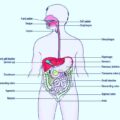
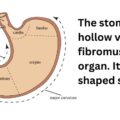
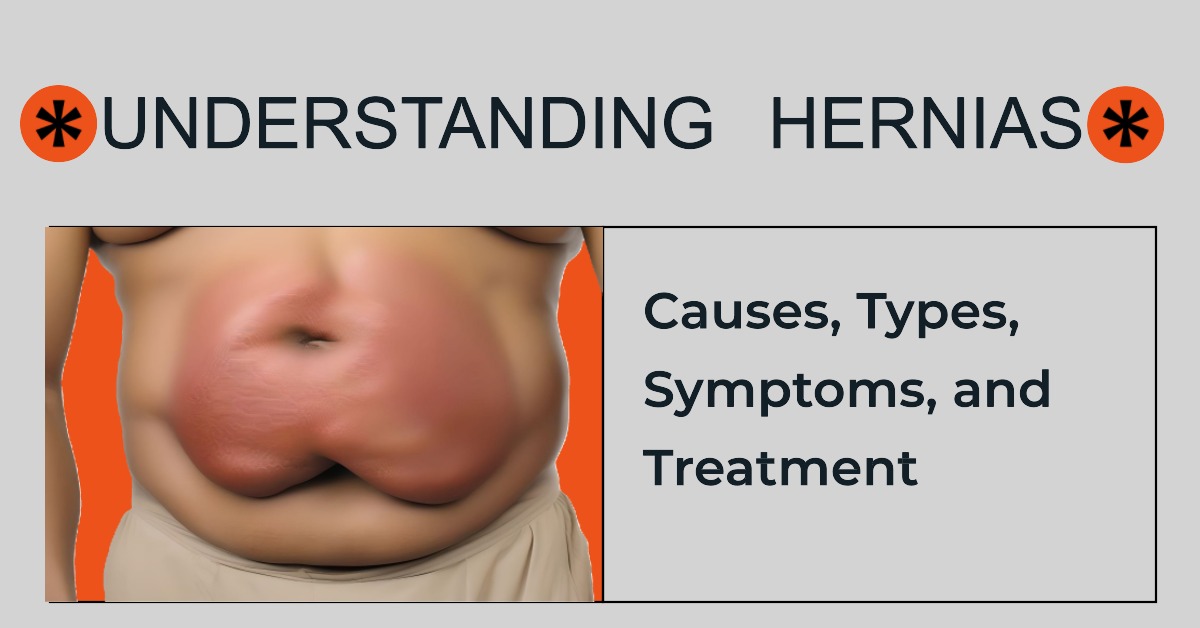
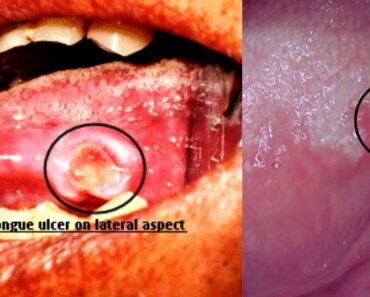
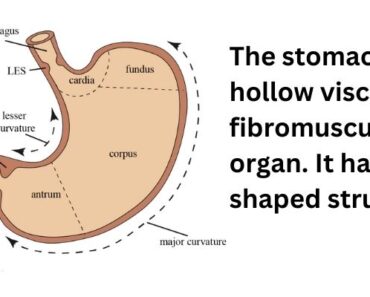
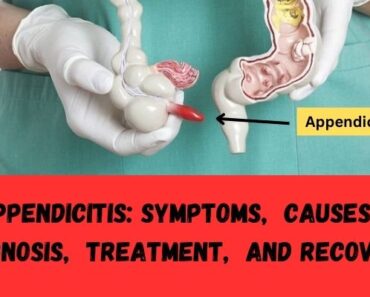
Pdf